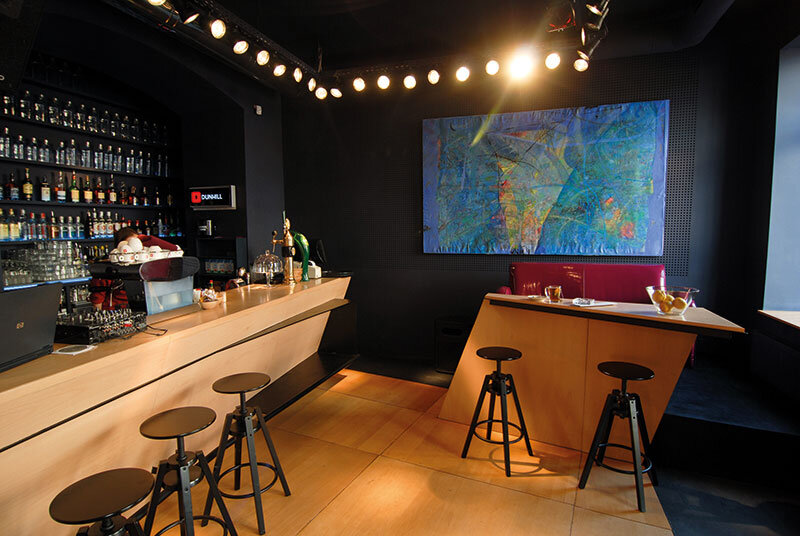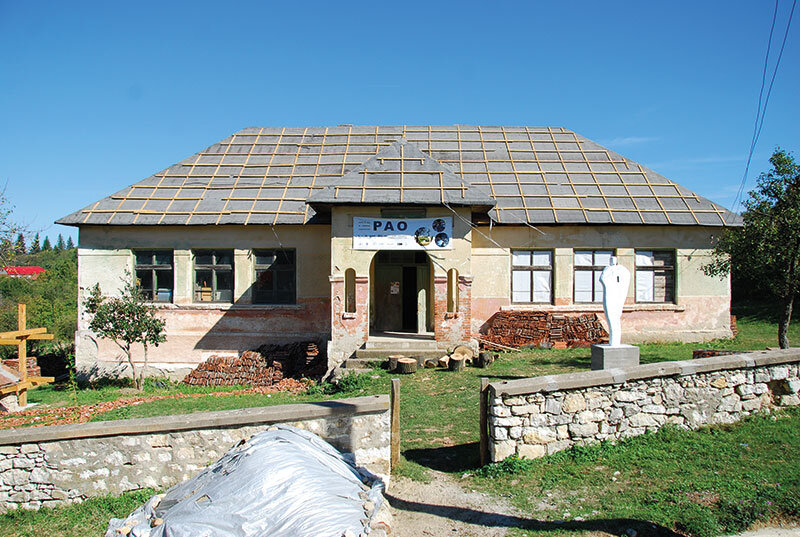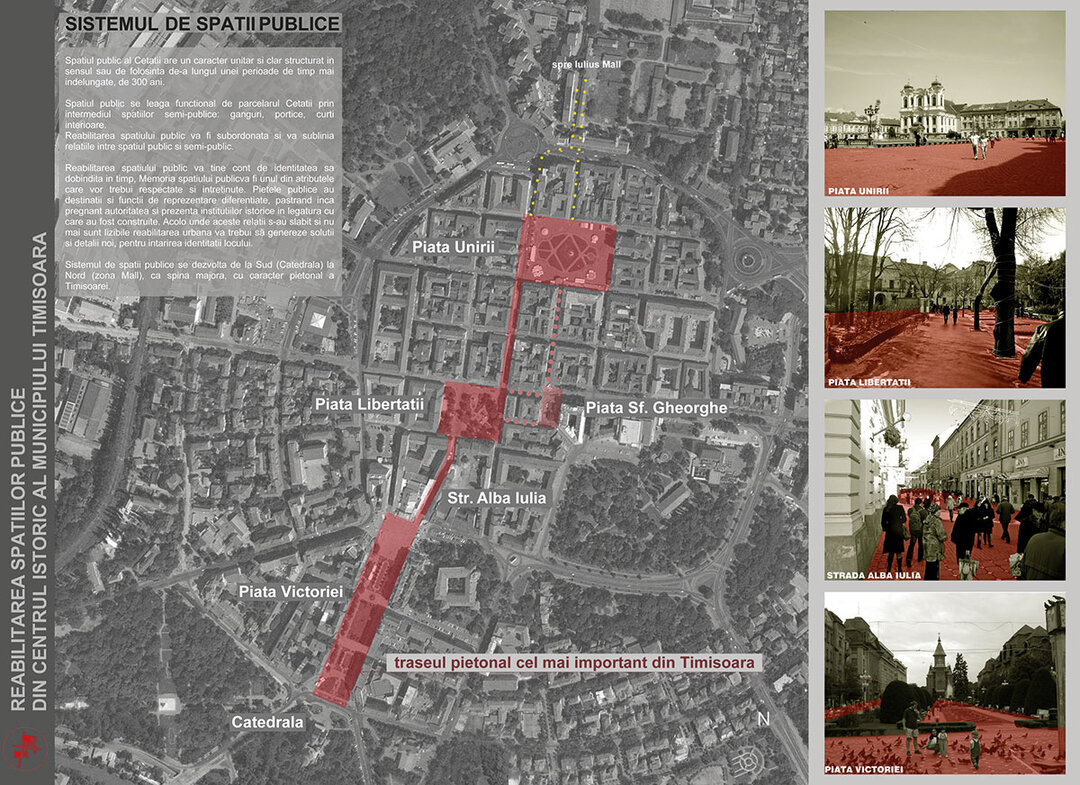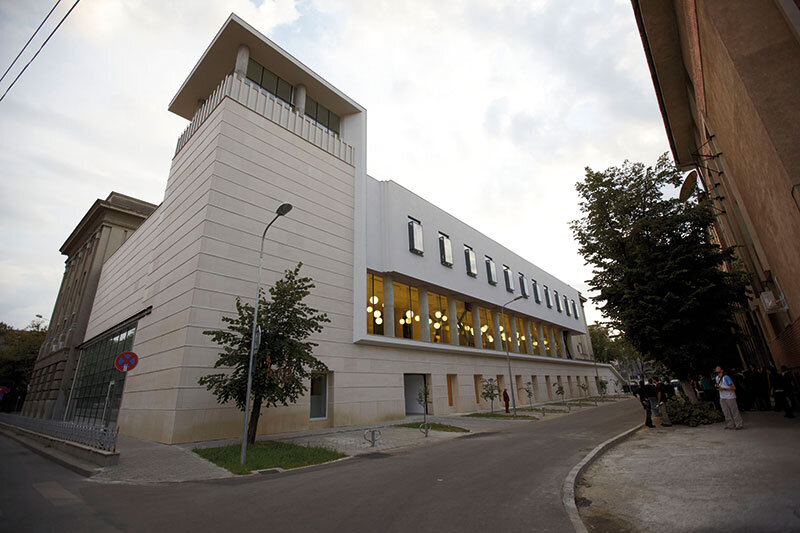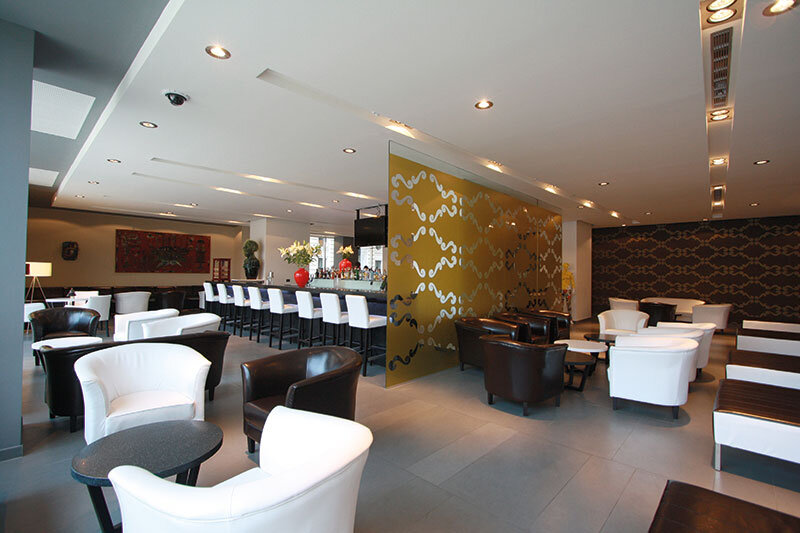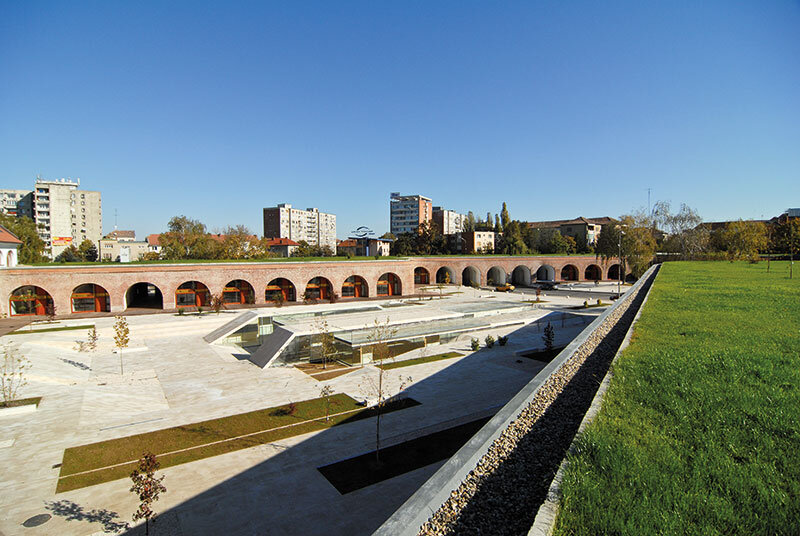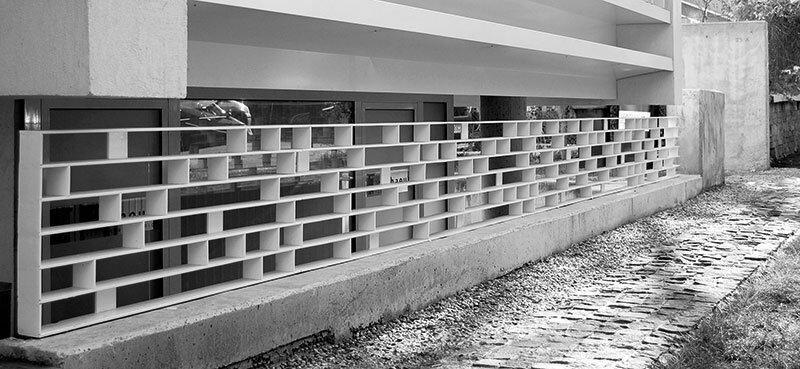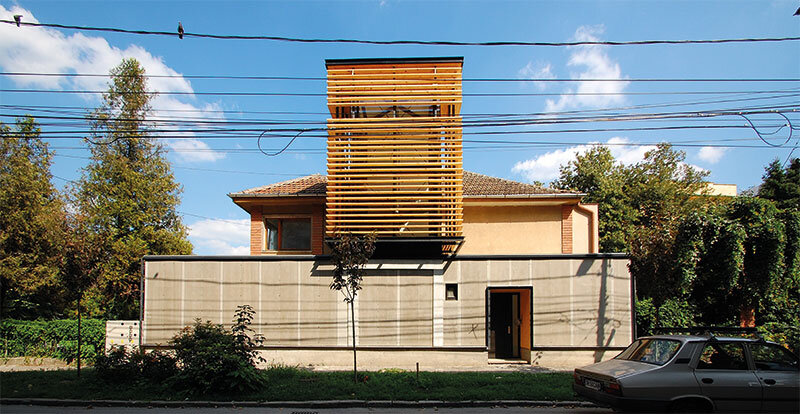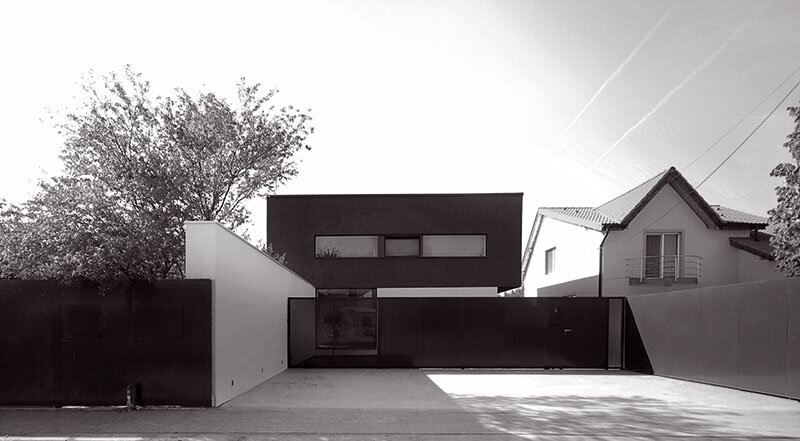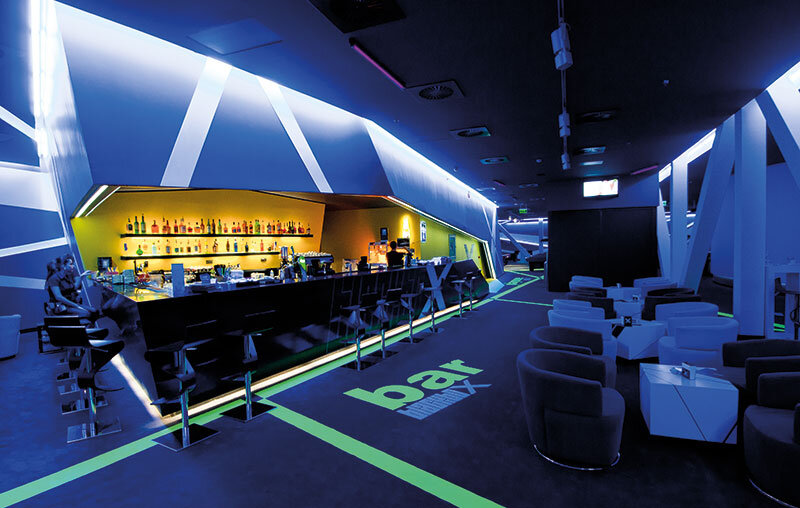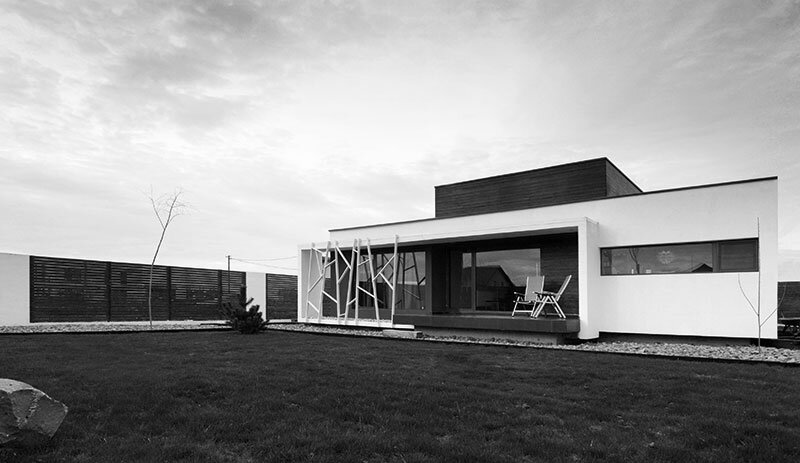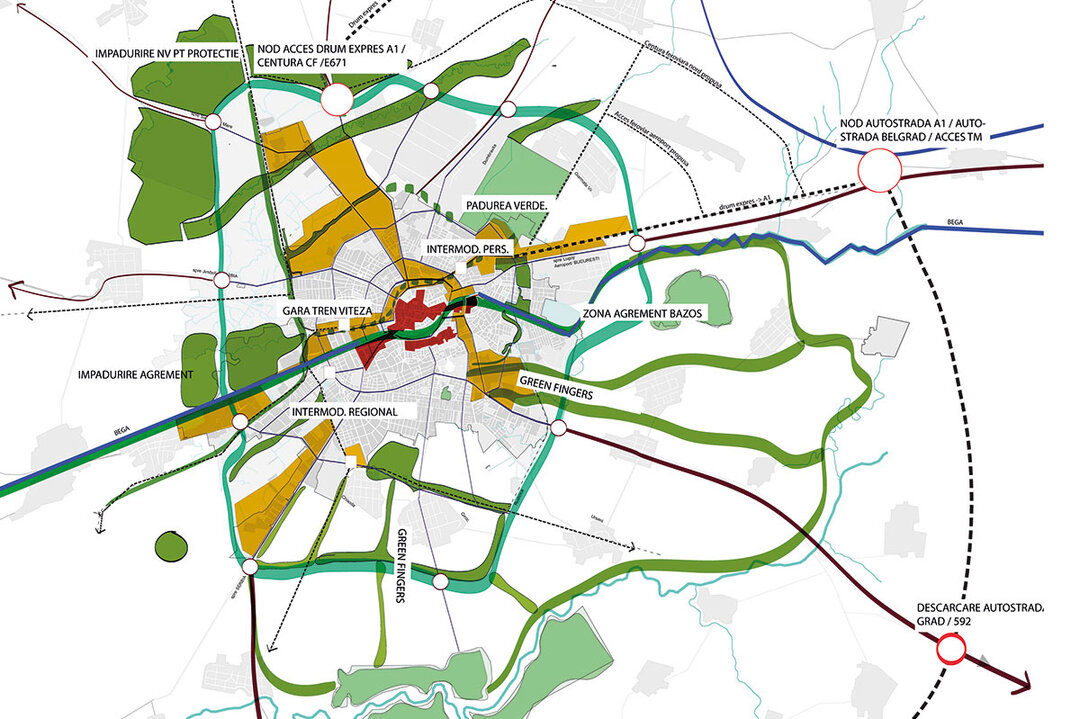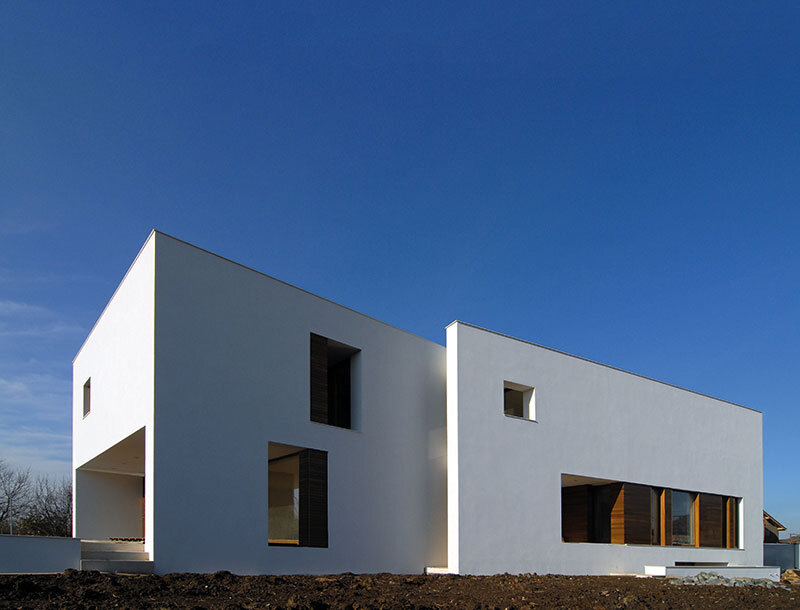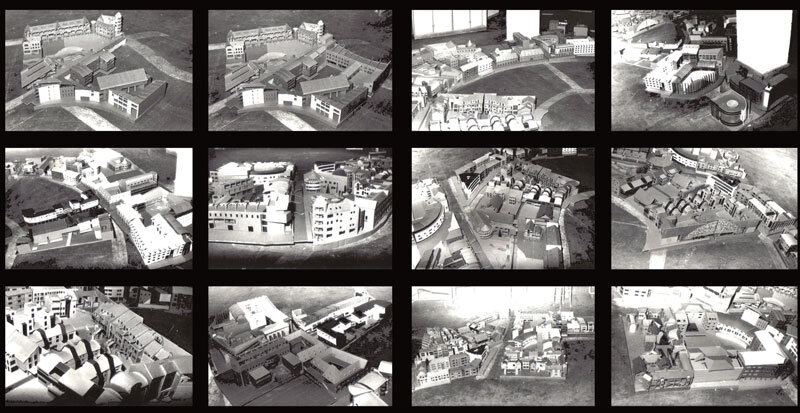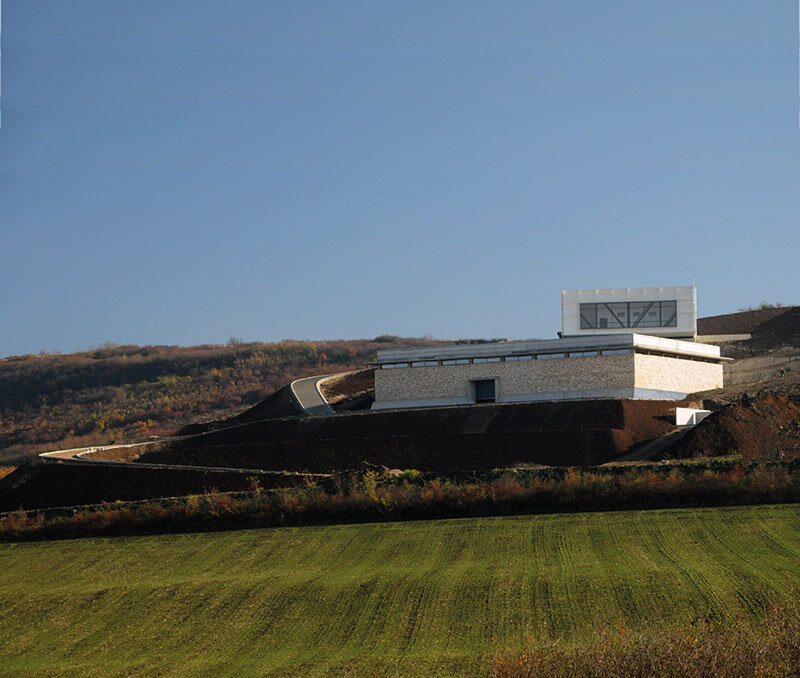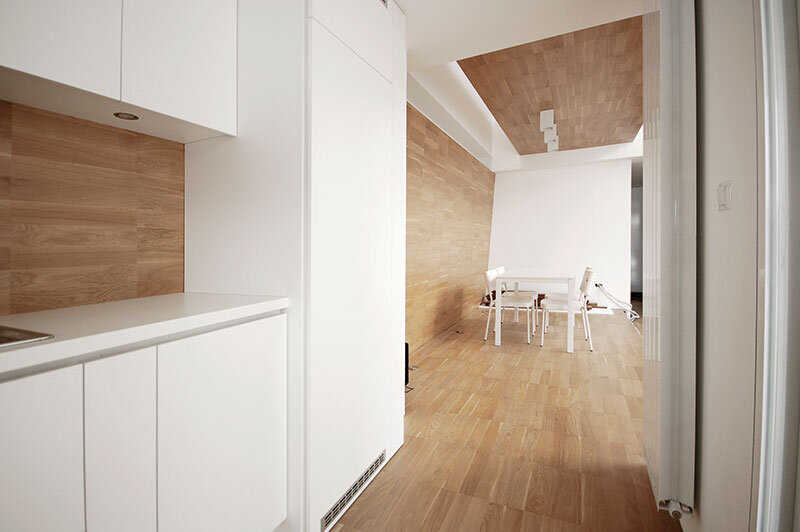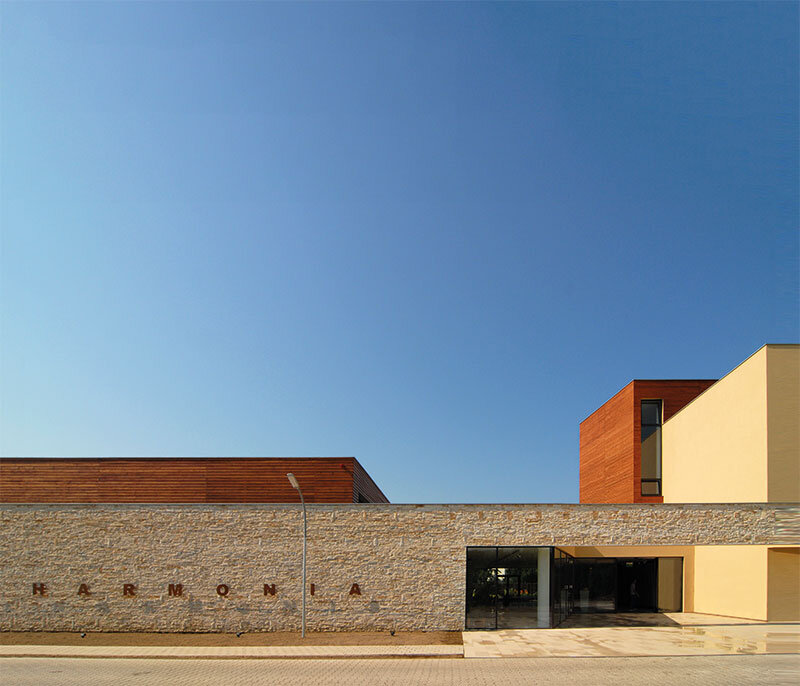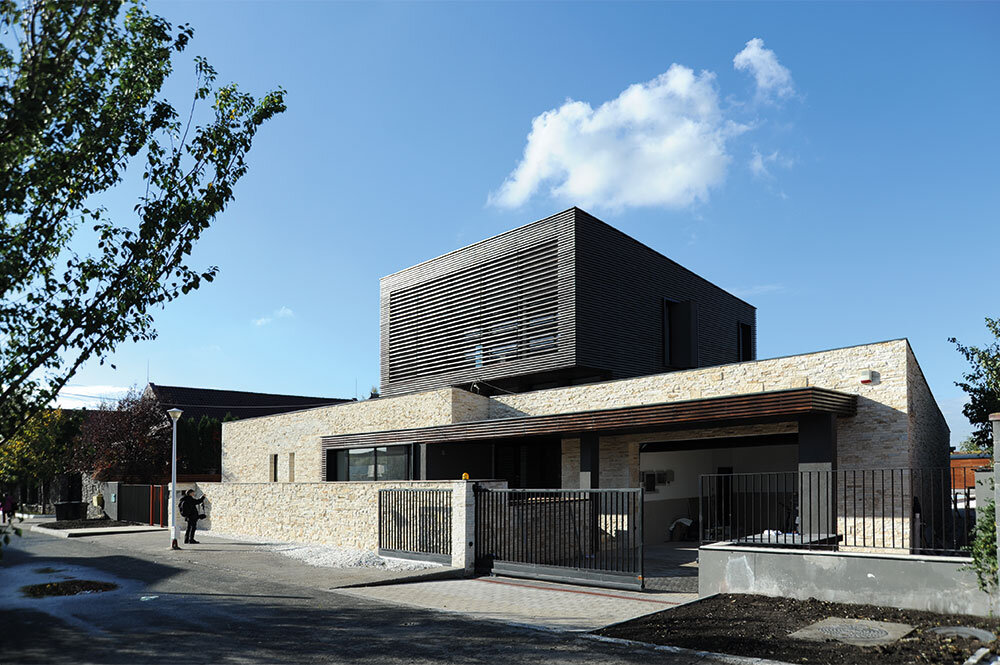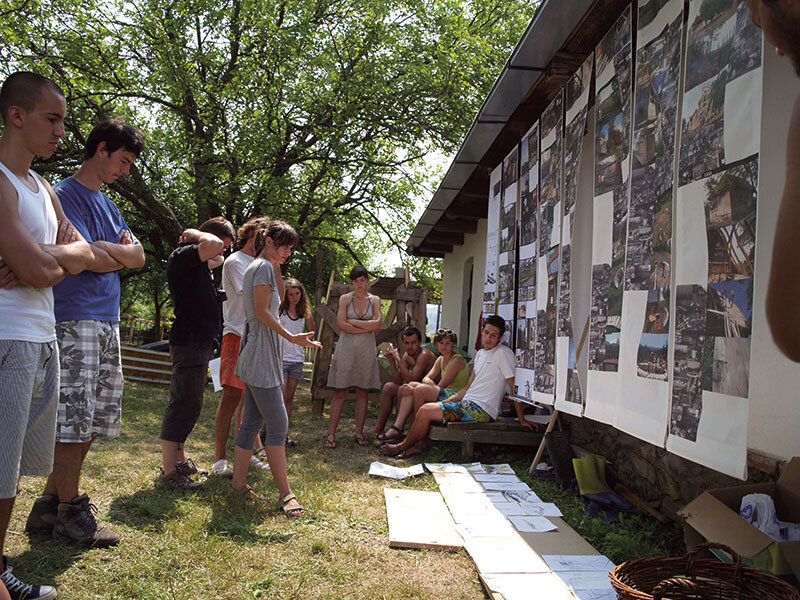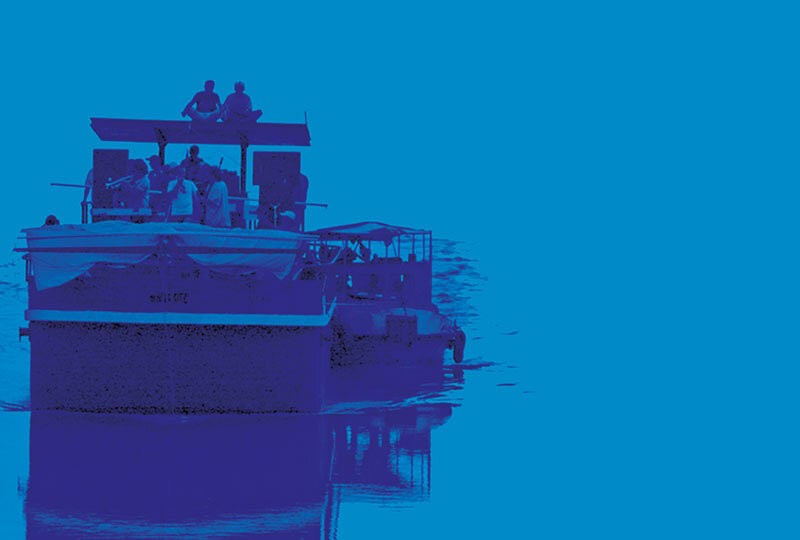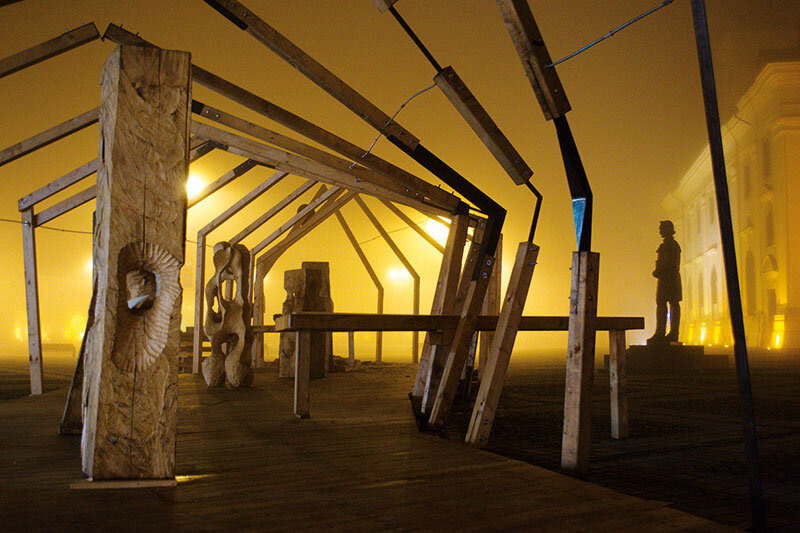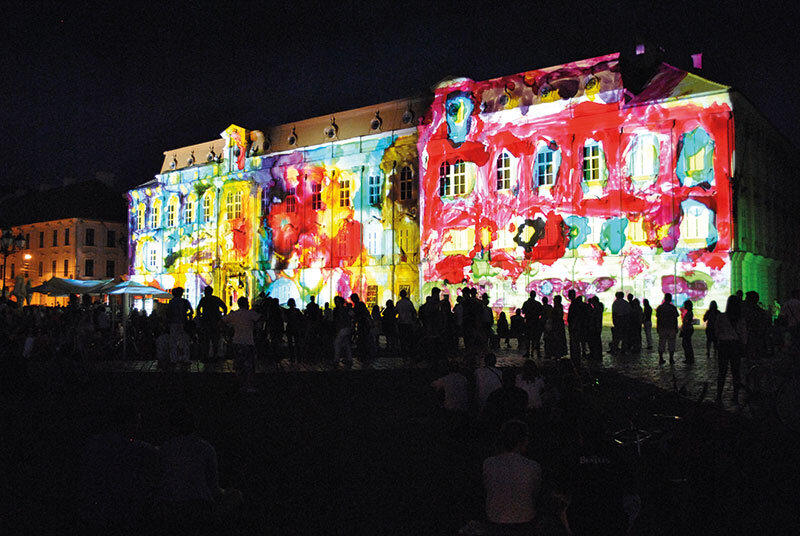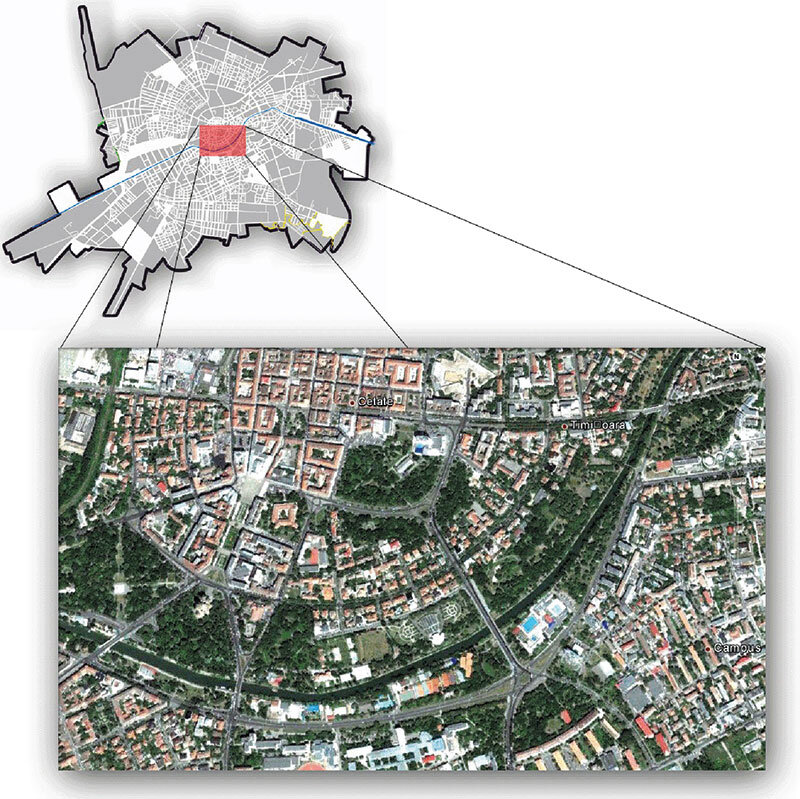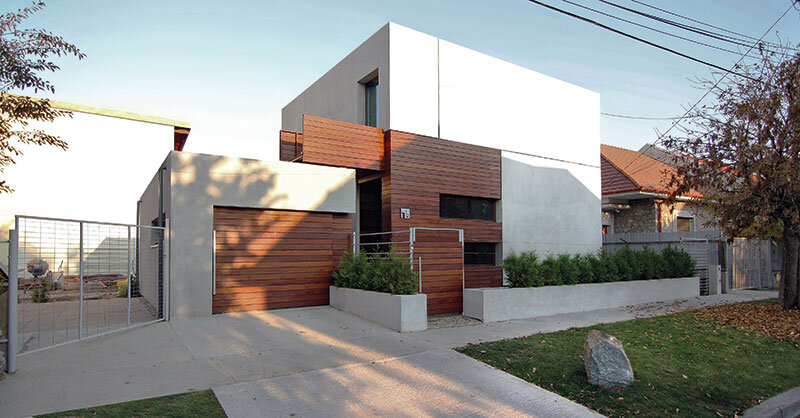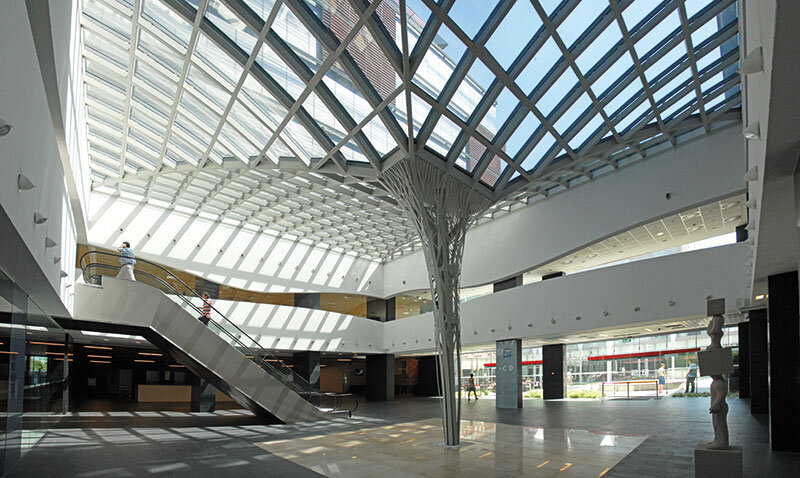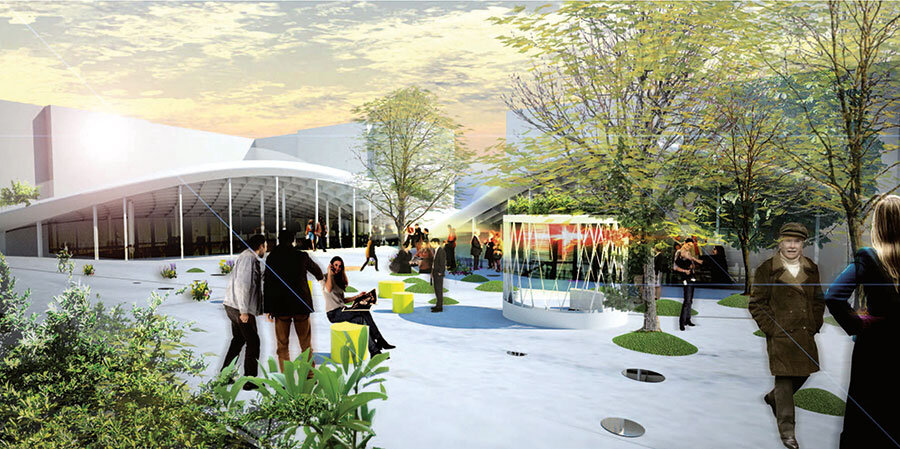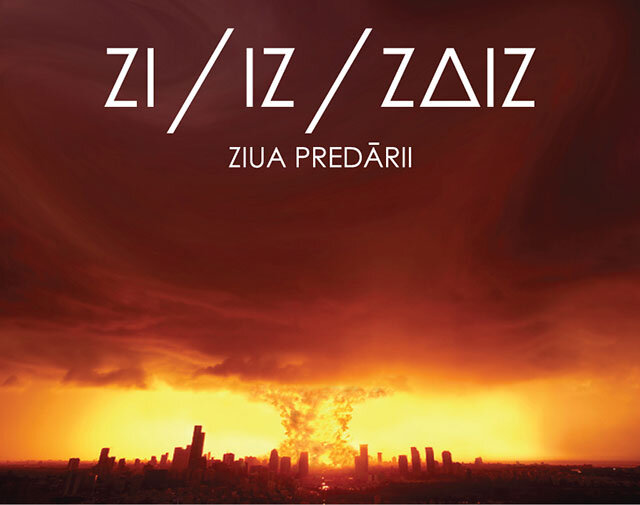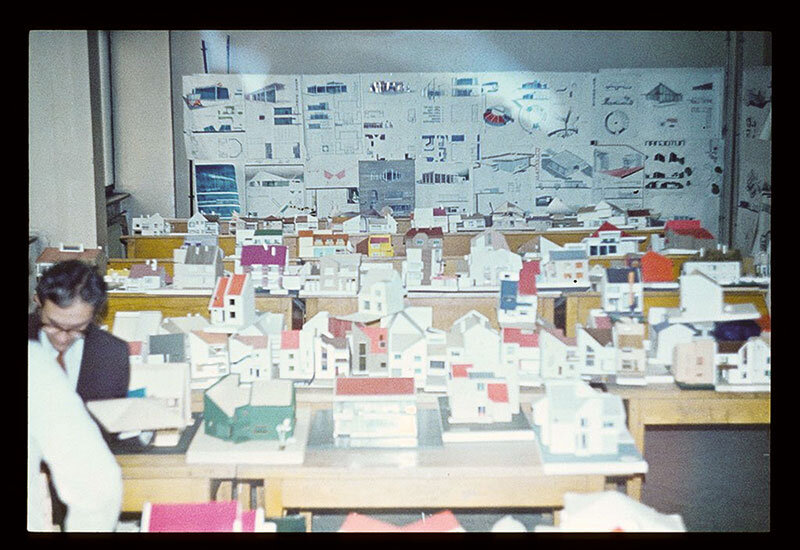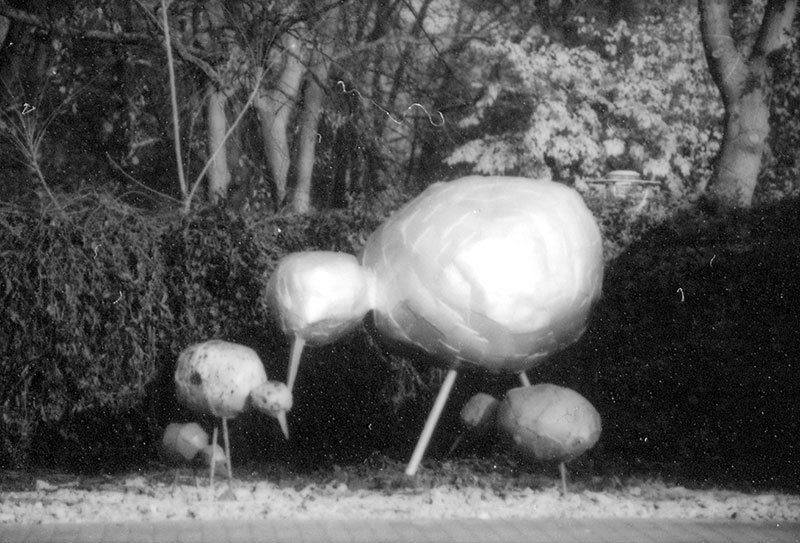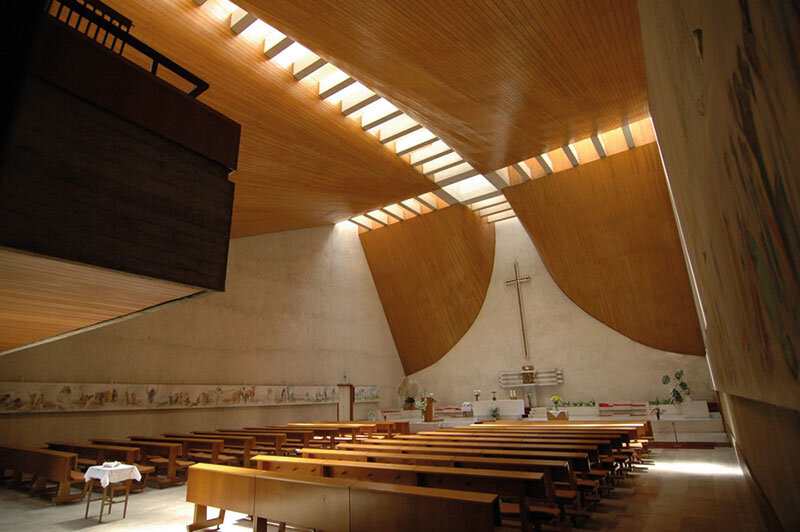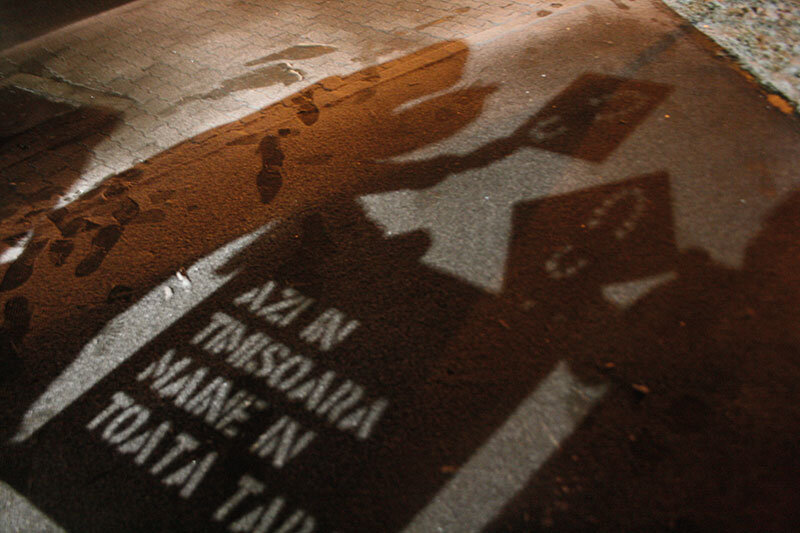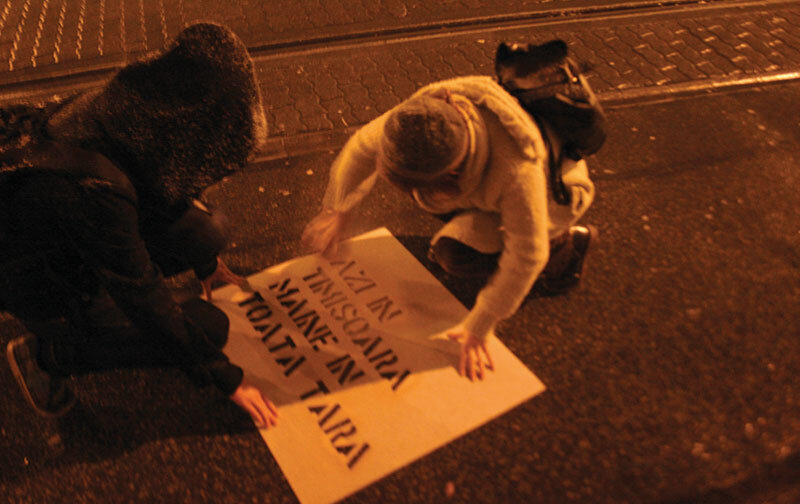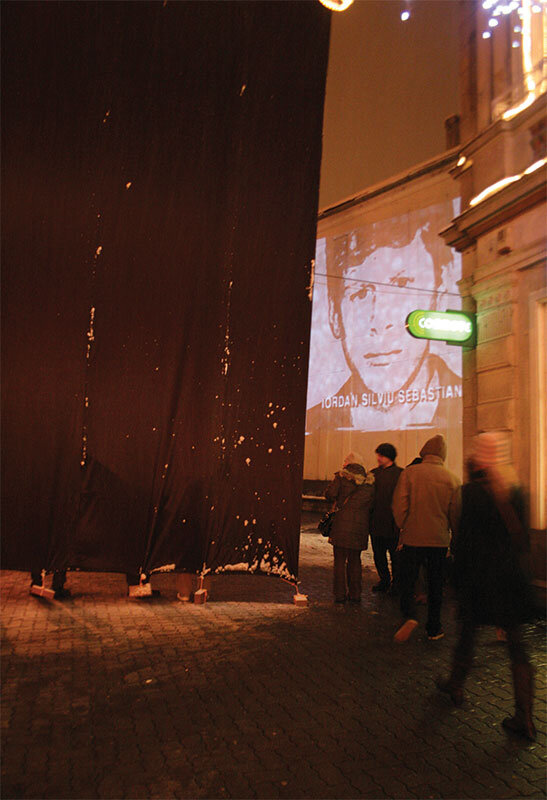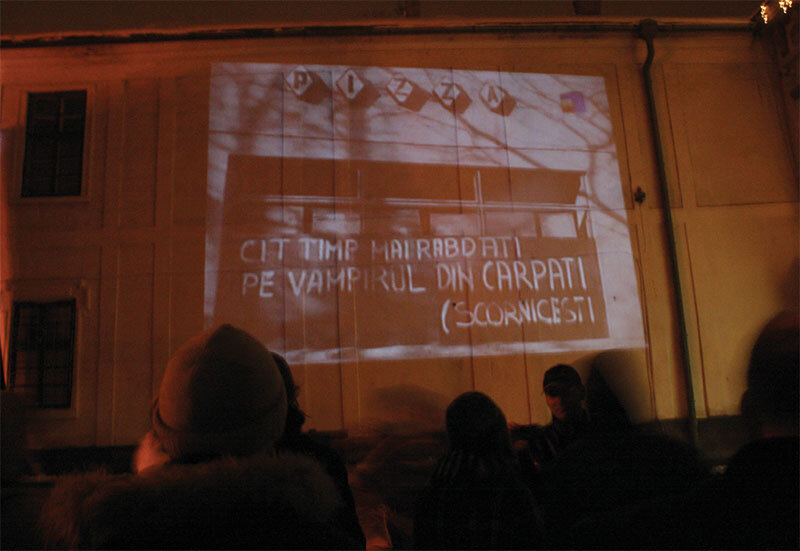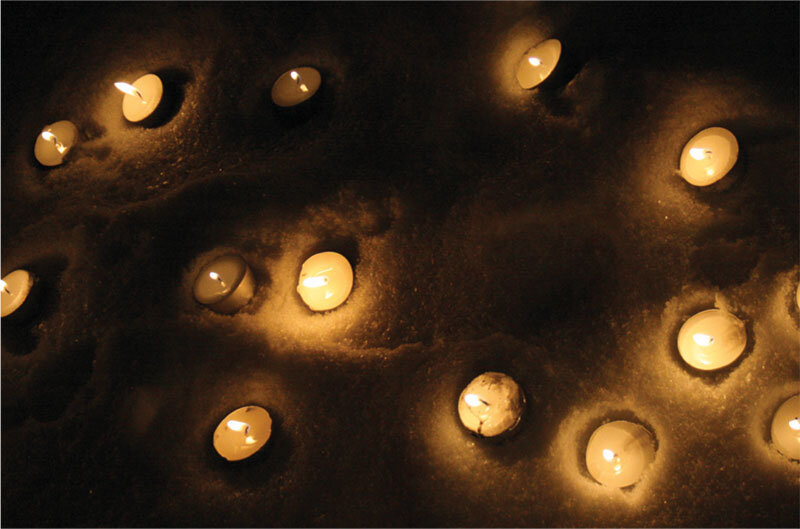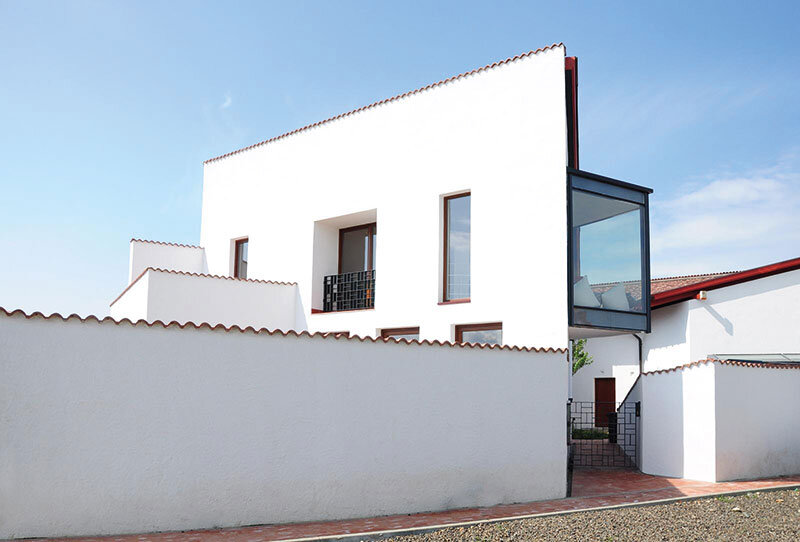
Urban Manifest 2009
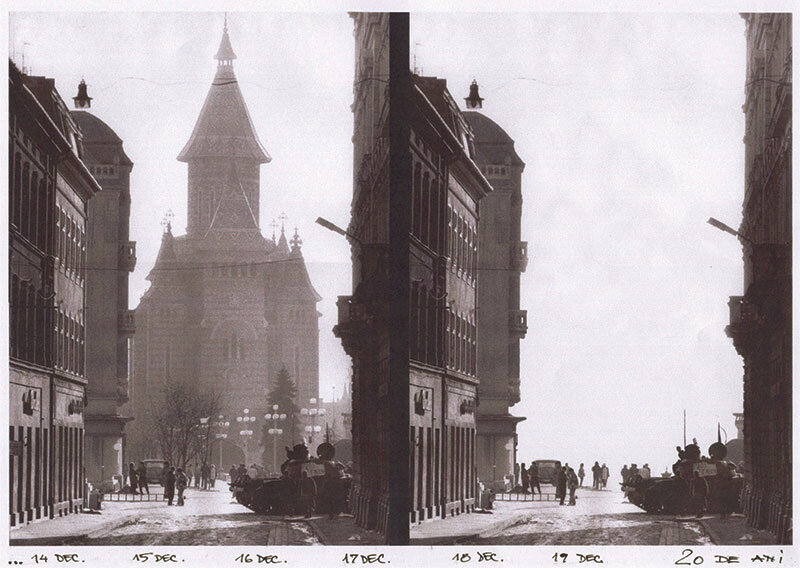
[...] In our turn, we need to approach that moment, to reclaim it as essential to the freedom we have inherited and which seems, perhaps falsely, normal.
We can create an event that polemicizes on the idea of the city-memory relationship, just as we can create an event-object that suggests the lack of memory's labor. We can evoke the price of freedom just as we can criticize what we have done with it. It can be planned or it can be spontaneous. It can take any form. [...]
This is pretty much how we, the members of the Association from 4 (Students' Association of the Faculty of Architecture in Timișoara), encouraged ourselves in December 2009 to organize our first project in the public space, to go out with important, polemical stakes outside the school space. The project, generically called Manifest Urban, was intended to become a different kind of commemorative framework for the events dedicated to the twentieth anniversary of the Revolution. The idea was to cut out a piece of a representative space (Alba Iulia Street, the pedestrian link between Opera Square and Libertății Square) in which to temporarily isolate an alternative space, a gap in the pedestrian flow. Inside, marked by two high black curtains, on December 16, 17 and 18, there were screenings of films and representative images, a concert, evocations of the victims, histories of the Revolution; there were moments of silence and dialogues evoking the past. Our intention was that, in the "interval", passers-by would be forced to suspend their own discourse for a few minutes, to (re)return to the emotions of the events of '89, to offer a moment of reflection on the scale of history, to listen to the victims' speeches . This act of remembering is marked by the act of listening, of participating in the victims' testimonies , and is, in essence, a moral act. For us, the younger generation, what was at stake was an approach to the events, images and narratives of the Revolution, which were marked for the city, often invisible, unmarked in the physical fabric. It was a kind of reclaiming of histories in which we did not participate directly, but to which we felt a responsibility. Looking back, the result was a kind of memorial-installation, a temporary heterotopia dedicated, for some, to the labor of memory, of discovery - for others. "Disappeared" without a trace, this project would have been a good pretext to question the signs and rituals that are associated with the commemoration of the Revolution, insofar as they contribute to keeping memories alive and reflecting them in the identity of the city. Pierre Nora made an observation that is worth reflecting on: the smaller the experience of the labor of memory in a community, the more numerous the outward signs (monuments, signs and symbols). Rethinking the patterns in which we take on the Revolution is, I believe, an essential topic for the way in which the modern identity of Timișoara can be constructed.

